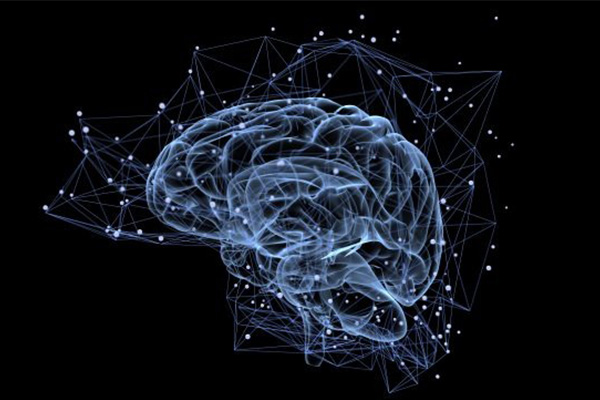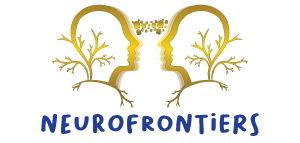What is Burnout?
Burnout is a poorly understood but increasingly common psychological work-related condition. It is marked by core experiences of increasing emotional exhaustion, general negativity, cynicism and significantly reduced feelings of personal accomplishment. There are various stages of burnout that occur on a continuum of severity. Burnout as an acute syndrome can be prevented.
Research shows that burnout is identified by the World Health Organisation (WHO)1 as a distinct work-related condition which can include anxiety, stress, irritability and anger, depression and low mood, lack of concentration/brain fog, sleep disturbances, lack of motivation, emotional fragility, withdrawal from others and physical symptoms such as headaches, nausea, aches and low libido. There is increasing evidence that burnout also occurs in non-paid work contexts such as carer activities (e.g parents, carers of family members with chronic health conditions or disability).
Burnout has gradually become more acknowledged and is included by the WHO in the 11th Revision of the International Classification of Diseases (ICD-11) as an occupational phenomenon. Burnout is defined as “a syndrome conceptualized as resulting from chronic workplace stress that has not been successfully managed”. There can be a myriad of reasons why the attempted management of work related stress can lead to overload. Many of the contributing factors to burnout are outside of an individual’s control (eg. COVID-19, exposure to work related trauma or working long hours in an overloaded health system).

At the Frontiers of Wellbeing for
Health Workers
Who Experiences Burnout?
Health workers, mental health workers, Carers, Front Line Workers and First- Line responders:
As a phenomenon, burnout was first identified as a condition amongst mental health workers. All health and first line responder workers are trained to provide direct care to others however, very little attention or training is placed upon caring for the wellbeing of practitioners themselves. There is a relationship between compassion fatigue, vicarious trauma (exposure to trauma through relating to the trauma of others) and risk of burnout. Compassion fatigue is a form of burnout relating to chronic giving to others at expense to the practitioners’ own wellbeing (Figley, 1995)2. Vicarious trauma is where the practitioner themselves experience the symptoms of trauma as a response to exposure to other’s traumatic experiences (Sabin-Farrell & Turpin, 2003)3. Compassion fatigue is often a precursor to burnout and vicarious trauma is the cumulative experiencing of trauma symptoms that if experienced for long enough, can result in burnout. Health workers, health professionals and carers are particularly vulnerable because of the constant giving out of their care and the consistent need for empathy as part of their work. Due to this, we need to apply special consideration to caring for the self of the practitioner, to protect the nervous system and keep balance and maintain wellness. The effects of compassion fatigue and vicarious trauma are usually subtle and accumulate over time, most barely noticeable to the practitioner themselves and this can result in unexpected burnout. This makes health workers particularly vulnerable.
The burnout prevention clinic provides wellbeing support and coaching for:
Health/mental health practitioners and first line responders who recognize that the nature of their work is leading to emotional exhaustion, isolation, lack of work-life balance, worry and lack of boundaries or space from work
Workers who are experiencing low energy, work related stress (such as bullying, moral injury, over-work or chronic stress)
Workers or carers who have experienced compassion fatigue and/or vicarious trauma via their work and/or combination with personal stress
COVID related workplace stress
What does the Neurofrontiers Burnout Prevention Clinic Offer?
We focus on wellbeing support and burnout prevention with particular experience and interest in health practitioners, first-line responders, carers and the caring professions.
-
Individual support/wellbeing sessions
Individualised burnout prevention plans
Brain training and nervous system regulation and access to our Neurofeedback/Biofeedback Clinic
Webinars and psychoeducation ** Coming soon
Group burnout prevention programs/workshops ** Coming soon
Access to latest burnout and burnout prevention research ** Coming soon

Burnout Prevention Clinic
At the Frontiers of Wellbeing for Health Workers
Prevention is better than cure and the earlier we are able to identify initial signs of burnout, the more likely we can prevent an acute burnout episode. Contact our Intake/Referral Coordinator to find out more about our Burnout Prevention Wellbeing programs.
- World Health Organisation (WHO), (2020). https://www.who.int/news/item/28-05-2019-burn-out-an-occupational-phenomenon-international-classification-of-diseases
- Figley, C. R. (1995). Compassion fatigue: Coping with secondary traumatic stress disorder in those who treat the traumatised (pp. 1-20). New York: Brunner-Mazel.
- Sabin-Farrell, R., & Turpin, G. (2003). Vicarious traumatisation: implications for the mental health of health workers? Clinical Psychology Review, 23, 449-480.

